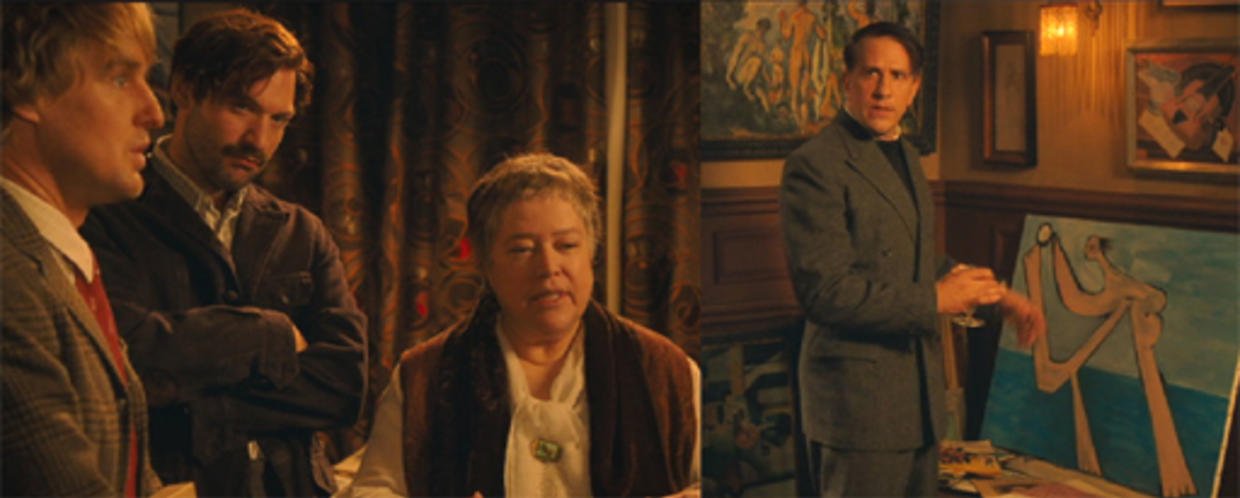The answer will be different for each creative project. It may even be different at different stages of the same project.
While it sounds simple, I find that I routinely require reminders that there's a wide range of “audiences” that are equally legitimate. And I find that when I'm stuck creatively, it may be that my creative intention has gotten a bit muddled or murky.
The cultural conversation tends to focus on commercial creativity, where we really care about solving someone else’s problem. The creative processes of design thinking / human-centred design require a laser focus on the end user and a deep understanding gained from extensive research and uncommon empathy. An inspiring example that has always stayed with me is Doug Dietz's MRI machines. As a principal designer for GE Healthcare he was proud of producing cutting-edge diagnostic imaging equipment like MRIs. But he was horrified to learn that sick children were so terrified of going into the machines that they had to be sedated. So he transformed them into an exciting adventure.
The child in this MRI becomes an undersea explorer!
It can be such a beautiful thing to create something special for someone else. And, it can also be a straitjacket if it’s not the right fit for your project. Because trying to predict other people's opinions can be crazy-making. And because we tend to fixate on the wrong people.
Another equally valuable and valid approach is to choose one “ideal reader” or “ideal user”. When asked about her best advice to writers, Elizabeth Gilbert said:
I always tell people to choose one human being who you want to tell your story to. Somebody who you know, love, or admire—the ideal reader who you think your book will be perfect for, and then write the entire book as if it’s like a letter to this one person. It brings out a level of intimacy in the voice. I can’t write to a void or a demographic. I have to write to an individual.
This was helpful advice for me when I was writing my PhD dissertation. I realized that I had actually been doing the opposite, fixating not on the ideal reader, but on the worst possible reader. I'd been writing defensively. It was as if my dissertation was going to face a firing squad and I needed to do everything I could to make it bulletproof. No wonder it felt like a struggle. When I imagined a specific professor I knew who was kind and curious about my topic I was able to find my flow again.
Then there’s the scenario where you become your own ideal reader. This was the advice of Dr. Kerry Ryan, the facilitator of a 5-week writing workshop for women I started last Saturday. She said, “Are you tap dancing for approval or trying to connect? To others, but, more importantly, to yourself? You don’t need to put your bowtie on and be fancy. Just write what thrills you”.
When I first told my mom I signed up for a course to start a YouTube channel, her very first, very practical question was who I wanted to reach as my audience. I thought about it for a moment and had to explain that I was actually doing it for myself. I didn’t care if anyone watched it or liked it. In fact, it would be easier for me to create videos if I assumed nobody I knew would watch them. And indeed I told very few people at the time. Naturally, I hoped people would enjoy the videos and not feel like they were a waste of time. But my primary motivation was as a creative outlet for me. I quit after 12 videos. My maternity leave was over. I needed to finish my dissertation. It would be easy to label it a failure. But for me it was a resounding success. I learned a lot. I had so much fun. I’m proud of the videos I made. And I taught myself (again) that I can do things I never thought I could.
I often come across creatives who say their breakthrough came when they gave up trying to please others and decided to only please themselves. It's an interesting paradox that often by focusing on what you want, you can strike a chord with others. I recently watched a documentary about Stan Lee, the co-creator of Spider-Man. He talks about how he was about to quit Marvel because he was so fed up with churning out the same old cookie-cutter comic books with perfect heroes. Then his wife gave him some good advice. She said, “Well, why don’t you create characters that you like? You want to quit anyway. Get it out of your system.” So he “forgot about the audience” and made Spiderman. He pitched it to his boss. But his boss killed the idea. It was too different. But Stan couldn’t get it out of his mind. So he published it as part of the last issue of a discontinued comic without telling his boss. The fan response was immediate. And the rest is history.
There's not one right spot on the spectrum of creative intention. I think it's more about noticing where you are and if it's working for you. If not, try switching it up to see if you can find more freedom or more energy.
For me personally, to train myself out of "people pleasing mode", I needed to be in "please myself mode" for a while. But I think staying stuck in this somewhat self-centered stance is keeping me small. "Oh, it's just something I do for fun" can be dismissive. Maybe what I need to step into next is owning that there's a certain impact I aspire to have. A certain shift I want to help people make, a shift that really matters. Stay tuned...










































